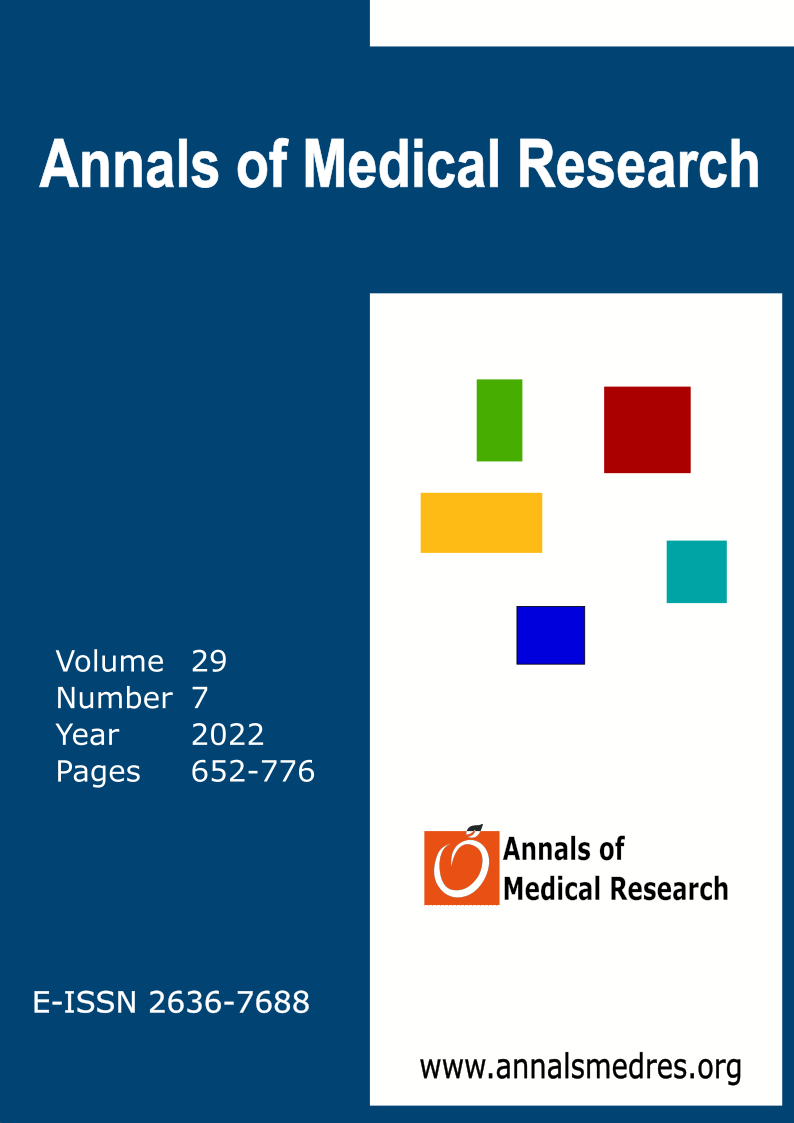The relationship between HIF-2 and chronic renal allograft nephropathy in renal transplantation recipients
Keywords:
Chronic allograft nephropathy, Renal transplantation HIF-2αAbstract
Aim: We aim to examine the role of HIF-2α on chronic allograft nephropathy (CAN), which is a consequence of chronic inflammation and fibrosis in patients with renal transplantation.
Materials and Methods: The study was conducted between November 2019 and January 2021, patients who had a renal biopsy in our university in the last two years were enrolled in this study. Fifteen recipients with a diagnosis of chronic allograft nephropathy proven by biopsy, 15 recipients with an eGFR below 60 ml/dk for other reasons as non-CAN group. Also, fifteen patients with an eGFR above 60 ml/dk were enrolled in the study as a control group. Serum HIF-2α levels were analyzed by the immunoassay technique.
Results: HIF-2α was found higher in the CAN group compared to other groups. HIF-2α was significantly predictive in ROC analysis in identifying renal transplantation patients with CAN. The sensitivity and specificity of HIF-2α were 100% and 76% (cut off >0.2) with an area of under the ROC curve of 0.941 (95% CI 0. 850-1.000), p < 0.001).
Conclusion: Serum HIF-2α may be useful both as potential biomarkers for diagnosing CAN after kidney transplantation and may be a guide in determining treatment strategies.
Downloads
Published
Issue
Section
License
Copyright (c) 2022 The author(s)

This work is licensed under a Creative Commons Attribution-NonCommercial-NoDerivatives 4.0 International License.
CC Attribution-NonCommercial-NoDerivatives 4.0






